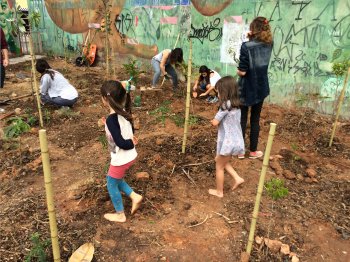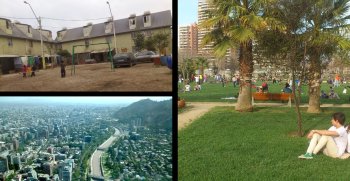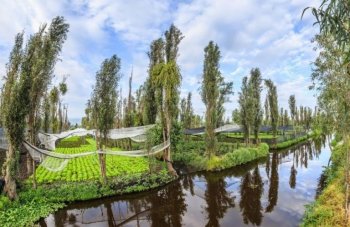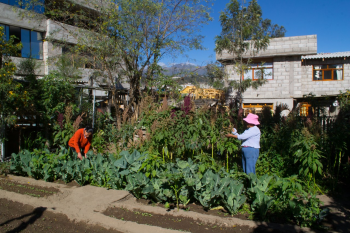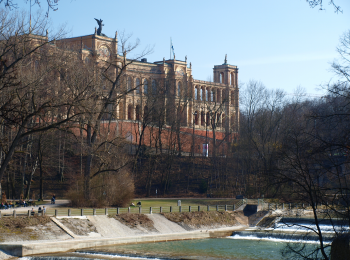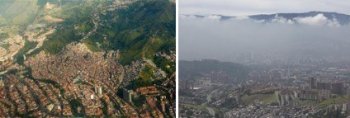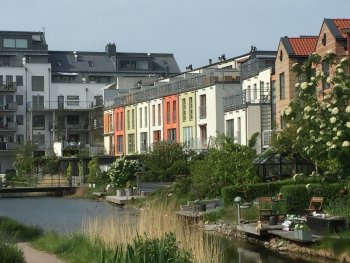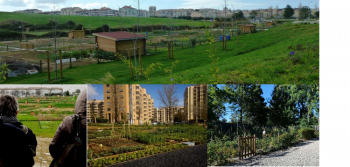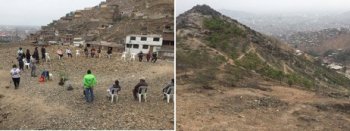Urban forests and promotion of native ecosystems in São Paulo, Brazil
Developing a planting scheme with the support of the local engaged population. The creation of national institutions and laws that gave the support for the local activism focused on natural areas. In São Paulo, different groups are working to increase the biodiversity and tree cover in the city by planting small forest patches, locally known as pocket forests. These activities are first planned with the local stakeholders, and then the area is prepared for planting, including the eventual removal of pavement, preparation of the soil, among other measures. The act of planting per se is...

